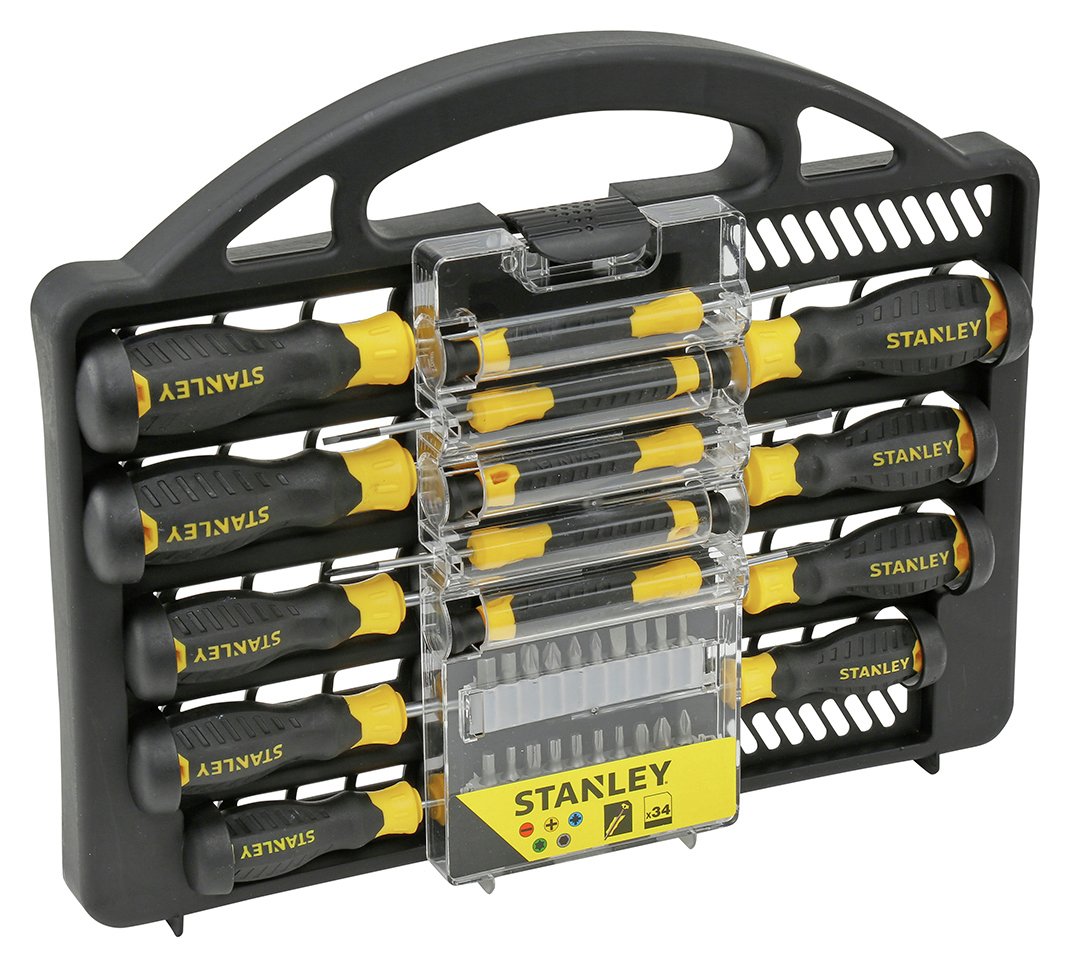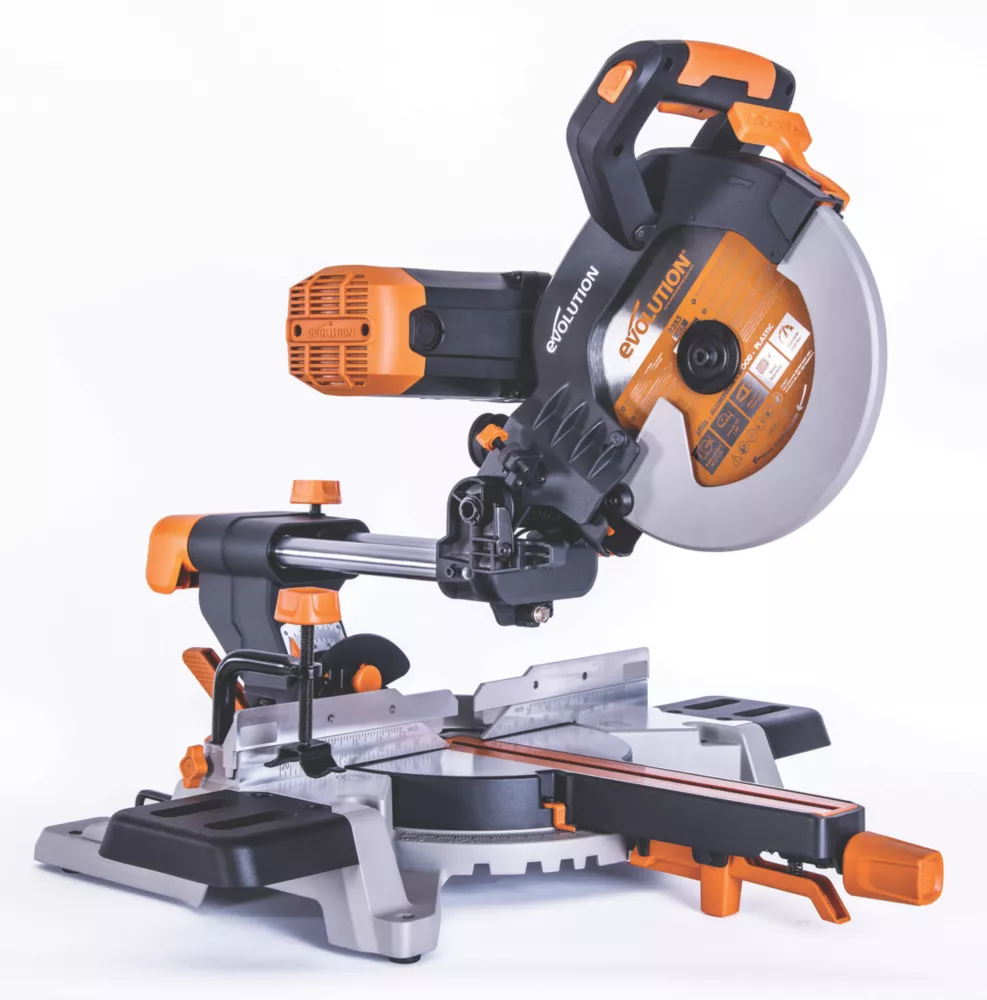Budgeting for kitchen installation costs in 2025? Here's what to set aside
Not sure how much you can expect to pay for kitchen installation costs? Our handy guide breaks down what to include in your budget, so you can plan ahead
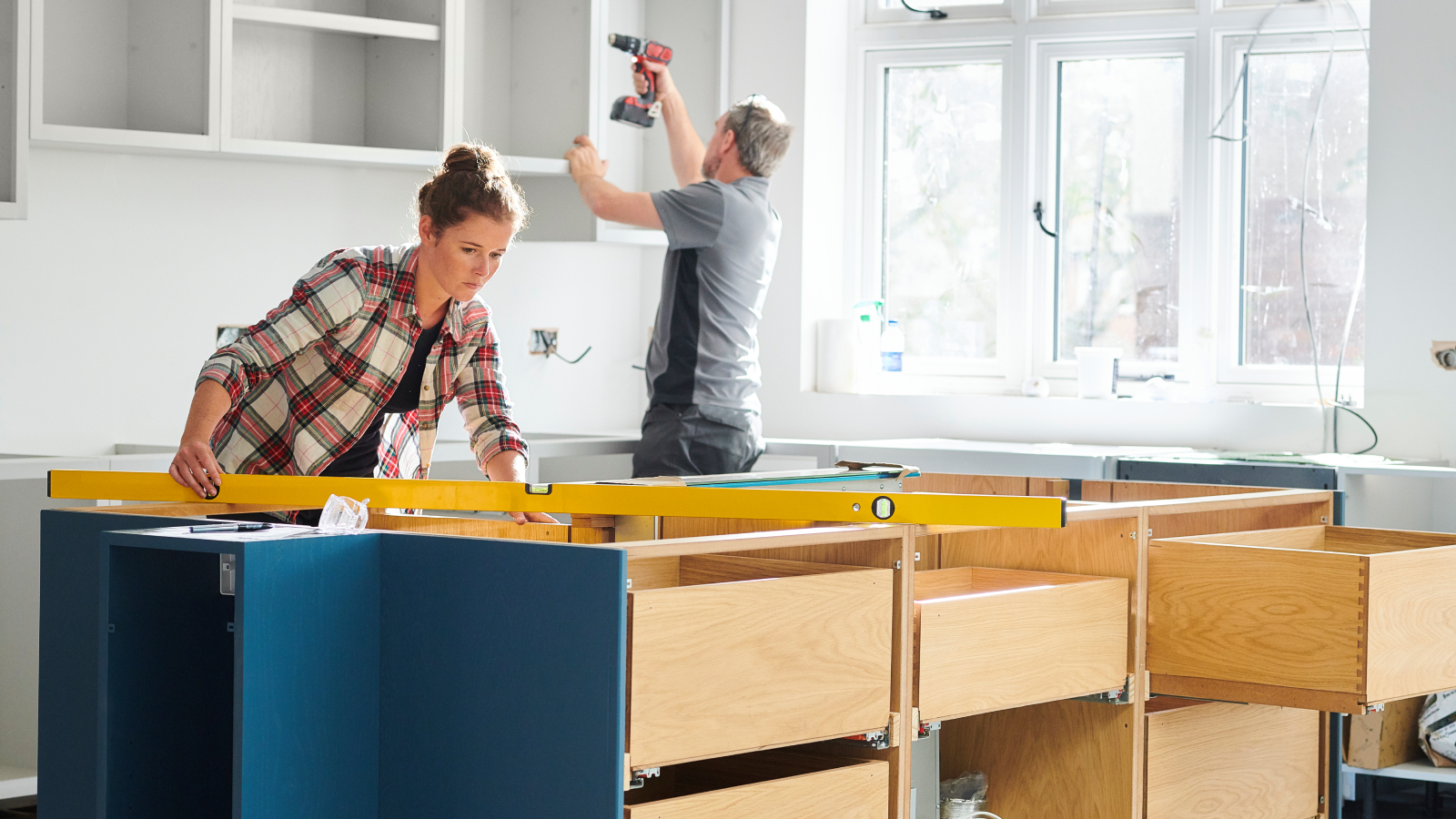
With worktops, units and appliances all taking centre stage in glossy kitchen showrooms, it's easy to overlook the kitchen installation costs involved in creating the same look in your home.
But, the reality is that the costs associated with fitting a kitchen can soon mount up. As well as getting the units in place, you'll potentially need to set aside budget for plumbers, electricians, tilers and decorators – especially if you aren't planning on putting your own DIY skills to the test.
The consequence of miscalculating your kitchen installation costs? You either go over budget or have to compromise on the kitchen design.
Here, we explain how much to set aside for your kitchen installation costs and give you some expert pointers on how to save money.
What does 'dry fit' mean when looking at kitchen installation costs?
When researching kitchen installation costs, you may come across the term 'dry fit', but what does this mean?
"Generally speaking, kitchen installation costs include installation of cupboards and appliances and management of worktop install. In the industry, this type of installation is called a dry fit," advises Richard Davonport, managing director at Davonport.
But, as designing a kitchen involves individually tailoring the end product to suit your home, and includes more than just units, worktops and appliances, how much does the final kitchen installation cost, and what could influence the final price?
Bring your dream home to life with expert advice, how to guides and design inspiration. Sign up for our newsletter and get two free tickets to a Homebuilding & Renovating Show near you.

Richard Davonport is a luxury cabinetmaker and designer, and the founder and Managing Director of kitchen specialists, Davonport. The company designs and makes bespoke kitchens from its workshp in the heart of East Anglia
How much does kitchen installation cost?
Kitchen installation costs: Sub contractor route
According to Checkatrade, if you are going down the route of hiring sub-contractors to install your kitchen, the average cost for fitting an standard family kitchen costs around £3,000.
The average day rate of a kitchen fitter alone is around £250 - £350 and if the cost of fitting a kitchen doesn't include worktops, you will need to budget at least an extra £500, or more depending on your worktop type and size.
However, as well as the above, don't forget to factor in costs for installing your kitchen lighting ideas, plumbing and any additional electrics required for your new appliances.
Kitchen fitters are also unlikely to work on your tiling, flooring or any decorative finishes meaning you also need to include these into the final equation.
Checkatrade advises that the average day rates for additional trades are currently as follows:
- Electrician - £400
- Plumber - £350
- Decorator - £235
- Tiler - £300
Kitchen installation costs: Kitchen retailer
If, however, you choose to purchase a supply and fit option from a kitchen retailer, you may find that some or all of the extra elements are included for you – but don't assume they are included as standard.
“Kitchen installation costs vary depending on the kitchen size and layout. At Wren Kitchens for example," says Debra Hutt spokesperson at Wren Kitchens, "we do offer a dry-fit service, which includes installation of your brand-new units, worktops (precision templating for quartz), worktop mitre and decor ends.
However, this also includes the removal and disposal of your existing kitchen at no extra cost," she adds.
Richard Davonport confirms the dry-fit route is also the process with Davonport, but that, "the company also includes a furniture decorator for final touches within the cost, and a free first yearly paint touch up service."
Because each company will have their own kitchen installation cost policy however, you may also be tempted to buy the kitchen from one place and use an alternative fitter. In this instance, "if you are having your kitchen installed by a different company to the one who you are buying it off, be sure to check any like-for-like quotes to make sure they are the same," advises Richard.
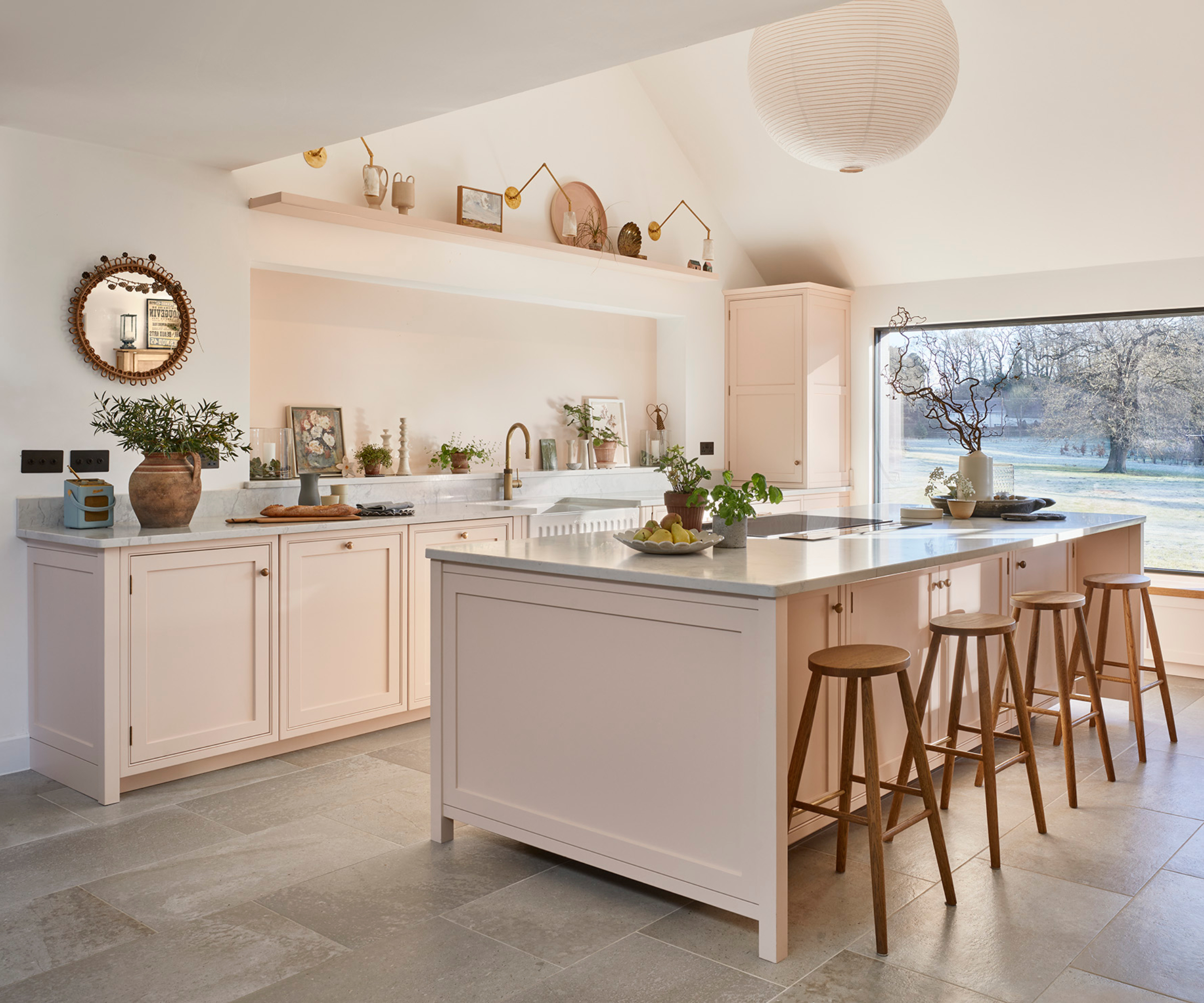

Debra Hutt is the Head of PR and Supplier Relations at Wren Kitchens, where she has contributed over five years of expertise during a period of rapid, strategic growth.
Kitchen installation costs guide prices
With kitchen installation costs varying depending on the size and type of kitchen, we asked our experts what are the minimum costs you should set aside for a dry-fit?
“You’d expect to pay from £4000 for the installation of a bespoke kitchen," says Richard Davonport.
From Wren Kitchens, the figures vary depending on the style, size and level of materials used, says Debra Hutt, providing the following as a guide for the company's Infinity and Infinity Plus range, not including supplementary works such as electrics and plumbing.
- Small kitchen – 8 cabinets, 3 appliances and mid-range materials – £3,211
- Medium kitchen – 12 cabinets, 3 appliances, and mid-range materials - £3,935
- Large kitchen – 16 cabinets, 3 appliances, and mid-range materials - £5,066
Which factors affect kitchen installation costs?
Whether you're calculating your kitchen renovation cost or are starting from scratch on a self-build, the final figure for kitchen fitting will vary depending on a number of different things.
“Other costs include supplementary works such as moving water, waste and electricity points, redecoration and lighting," says Debra Hutt, "all of which should be discussed with the homeowner during the design phase."
And of course, there are also all the finishing touches ranging from your kitchen flooring ideas through to your kitchen decor choices that will all need to find a place on your budgeting spreadsheet.
"Working out a budget and sticking to it, is of greatest importance when undertaking any kitchen project," explains Molly Chandler, designer at Willis & Stone. "In order to work out an initial budget, I advise my customers to start by listing everything down so that nothing is forgotten. Making sure you have allocated costs for every single item will mean you are then less likely to spend more.
"Start with the kitchen design and then gather quotes for the extra trades needed such as plumbing and electrics," continues Molly. "It's also a good idea to add in an extra 5-10% contingency to the anticipated budget to allow for unexpected costs or changes."
As a general rule, the following checklist should help you get closer to determining your total kitchen installation cost:
- What is the size of the kitchen?
- Are you installing budget or premium kitchen units and appliances?
- Is your worktop shop bought or custom made?
- How good are the existing floor and wall finishes?
- Are there hard to cut surfaces or unusual shapes to work around?
- Do you need additional electrics or plumbing installed?
- Will your wall or floor finishes require a specialist installer?
- What are your lighting requirements?
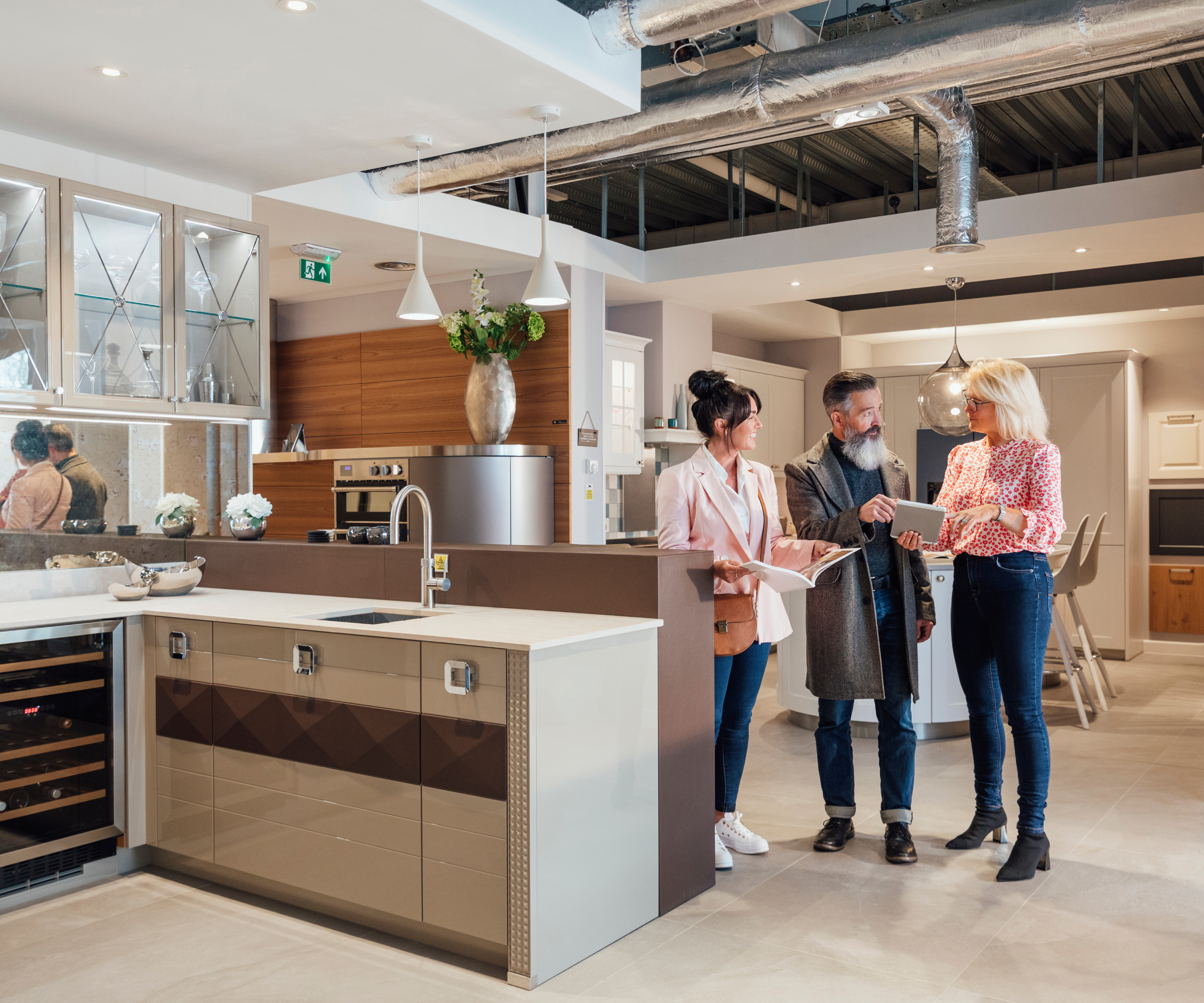
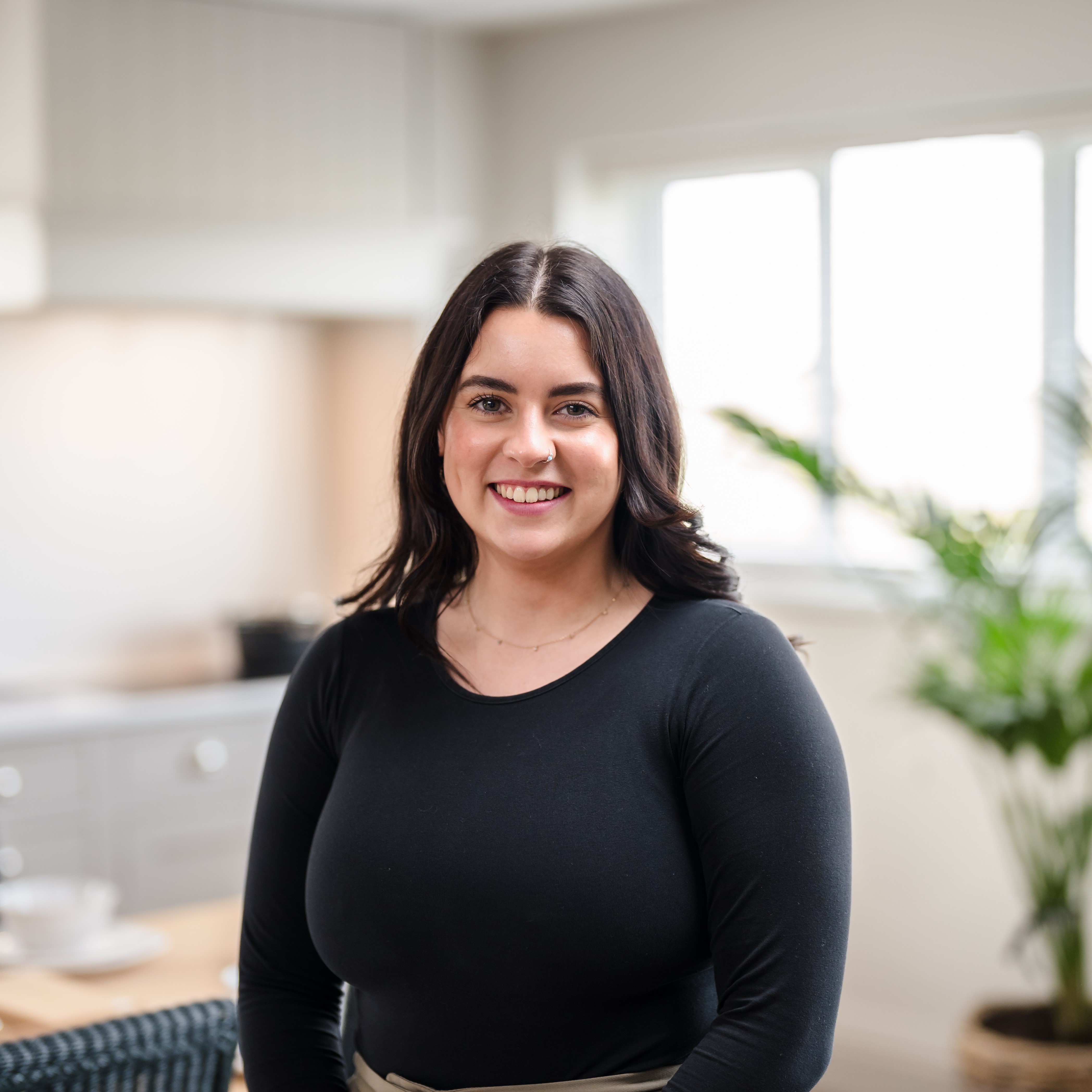
Molly Chandler is a designer for Willis & Stone, where she creates beautiful and functional kitchens in both classic and contemporary styles.
How to save on kitchen installation costs
If you have asked 'how much does a new kitchen cost?' and are now keen to cut down on these costs, there are several steps to take. The main thing to consider is whether you could, perhaps, take on all, or some, of the installation work yourself.
"Anything you can do yourself such as ripping out the existing kitchen, painting walls, tiling or laying flooring will all help to keep costs from spiralling," advises Molly Chandler.
“The decision between DIY installation or hiring a professional to install your kitchen cabinets ultimately depends on various factors including your skill level, available time, and budget," explains Al Bruce, founder of Olive & Barr.
"Doing it yourself has its appeal. It can be a rewarding experience, providing a sense of accomplishment and potential cost savings," continues Al. "You have control over every step of the process, allowing for customisation and flexibility to work at your own pace. However, keep in mind that cabinet installation requires precision and attention to detail. Improper measurements or alignment could lead to functional issues down the line."
Many homeowners choose to call in the professionals when it comes to fitting their kitchen and, although this will add to your overall costs, there are some definite advantages.
"Hiring a professional brings expertise and experience to the table," says Al. "They possess the necessary skills to handle complex installations and can ensure that your cabinets are installed flawlessly. They will also be familiar with any local building codes and regulations. While it does come with an additional cost, professional installation provides peace of mind and saves you time and effort.
In addition to doing as much as you can on a DIY basis, there are other ways to save money on the installation element of your kitchen.
"It might be worth considering sticking with an existing layout to avoid the need for moving electrics and plumbing which will all add cost," says Molly Chandler. "It also pays to do your research and gather different quotes to ensure you are getting the best offer."
Shop these DIY kitchen installation essentials
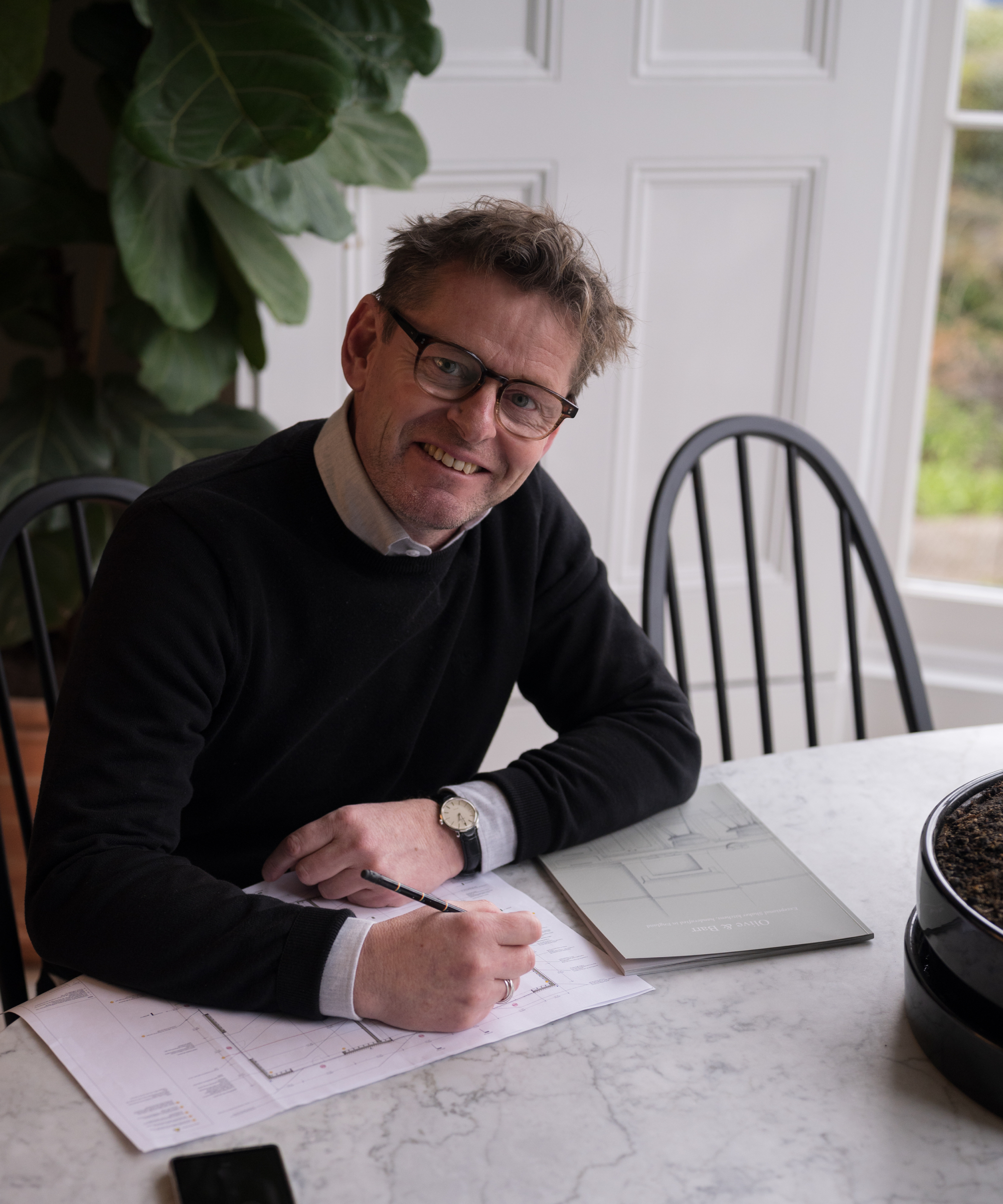
Al Bruce, founder of Olive & Barr, began his career 25 years ago studying to be a cabinet maker at college. His natural skill in the craft of cabinetry and keen business acumen saw him quickly rise up through the ranks of the handmade kitchen industry. With a natural flair for design and a deep passion for the industry, Al finally opened his own Shaker kitchen company in 2018.
FAQs
How much will it cost to remove my old kitchen?
You should be aware that most kitchen fitters and tradespeople will charge extra to remove an old kitchen and may expect you to hire a skip.
If this is the case, you should factor in around £225 for a week's skip hire and if you can't remove it yourself, expect to pay additional labour to empty your kitchen of its old units.
Which are the easiest DIY jobs when fitting a kitchen?
If you are keen to roll up your sleeves and get stuck into your kitchen installation, but are a little worried that your skills might not match your enthusiasm, then fear not, there are plenty of tasks that are well within the capabilities of most homeowners who want to try their hand at this kind of project.
Consider taking on one or more of the following tasks to cut costs:
- Tiling walls and floors
- Painting bare wood kitchen units
- Laying engineered or laminate flooring
- Painting or wallpapering the walls
- Fitting wall shelves
- Fixing kickboards and plinths into place
Providing you enter your new kitchen project with a clear idea of the kind of costs to expect, there is no reason why your dream kitchen should be out of reach.
The secret to success mainly lies in planning a kitchen properly.
"A good first step is to assess whether your current kitchen layout works for you or if it needs adjustments to better suit your lifestyle," suggests Molly Chandler. "Determine what you want and need in terms of specific appliances and cabinetry features, such as a pantry cupboard for storage or a designated coffee/breakfast station for convenience. Consider your cooking habits – if you cook frequently, you may require higher-spec appliances and ample storage for ingredients.
"It’s also worth considering whether any other activities are likely to take place in the room, for example, is space needed for working from home, sorting the occasional laundry load or doing arts and crafts with children? This will all help to determine the layout and seating options, whether that's a dining table or an island with seating."
Natasha was Homebuilding & Renovating’s Associate Content Editor and was a member of the Homebuilding team for over two decades. In her role on Homebuilding & Renovating she imparted her knowledge on a wide range of renovation topics, from window condensation to renovating bathrooms, to removing walls and adding an extension. She continues to write for Homebuilding on these topics, and more. An experienced journalist and renovation expert, she also writes for a number of other homes titles, including Homes & Gardens and Ideal Homes. Over the years Natasha has renovated and carried out a side extension to a Victorian terrace. She is currently living in the rural Edwardian cottage she renovated and extended on a largely DIY basis, living on site for the duration of the project.

